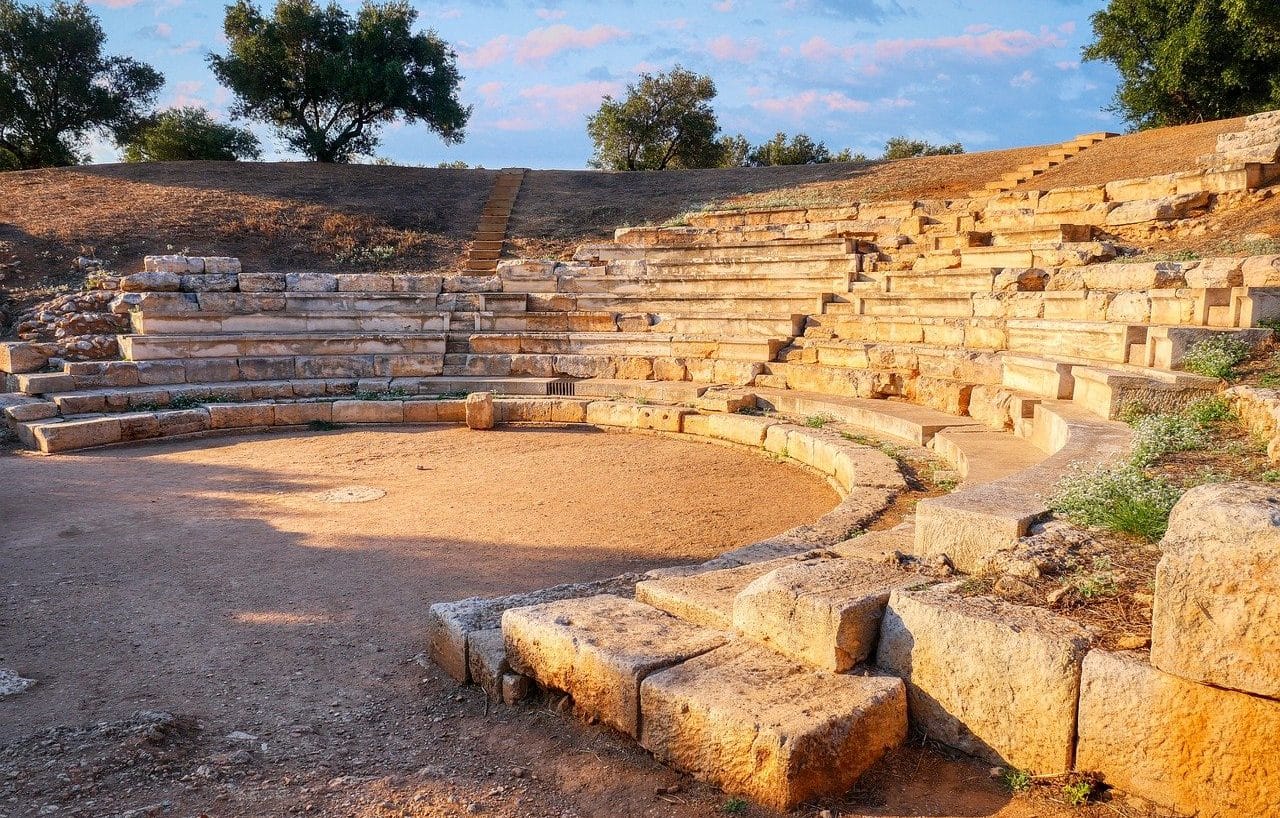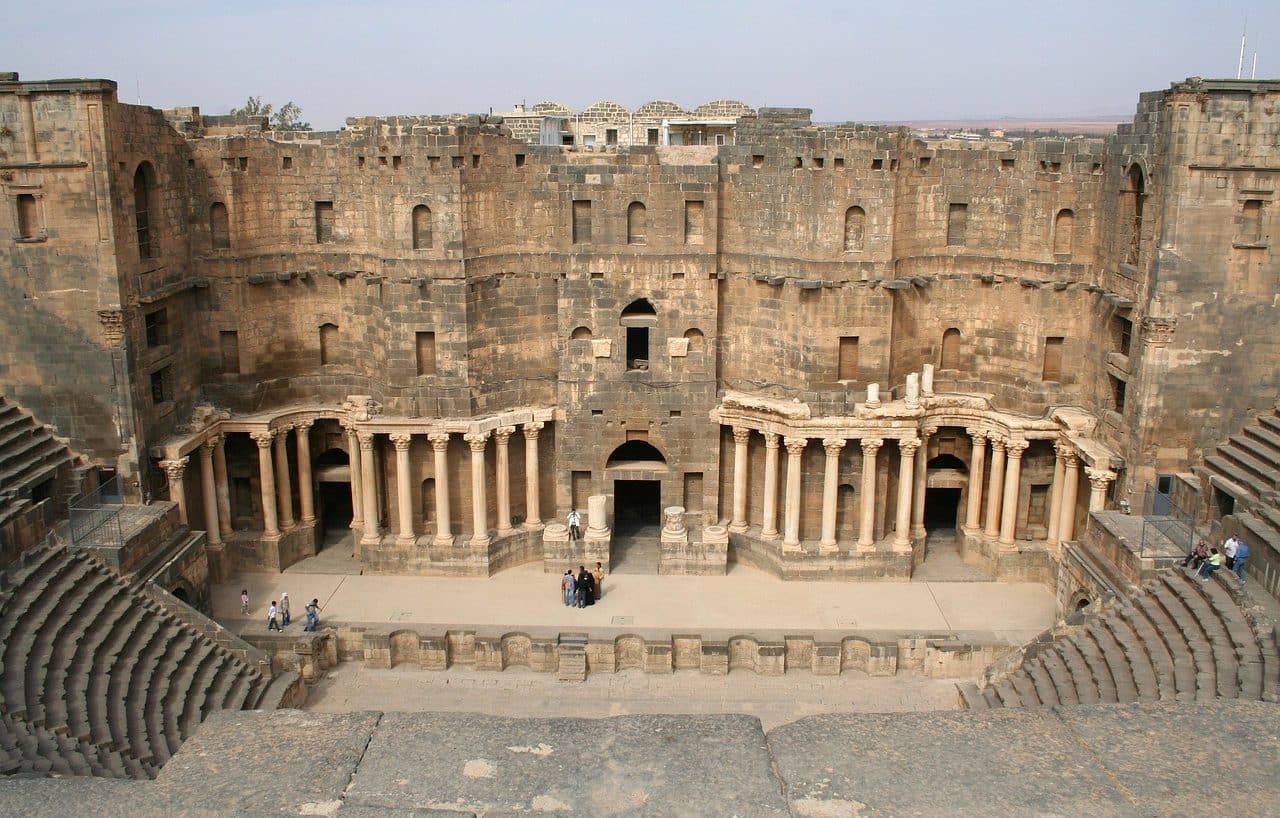
An amphitheater is a structure with tiers that allows the public to observe various events.
An amphitheater is a structure that can have a circular , oval or similar shape and that has stands , from where the public can observe different types of events.
For example: “The Irish band will perform tomorrow in the park's amphitheater with free admission,” “The government announced that it will remodel the lake amphitheater to increase its capacity,” “Next week there will be a theatrical performance in the Roman amphitheater.”
The etymology
Before delving fully into the meaning of amphitheater, it is important to know its etymological origin. We can state that it derives from the Greek amphitheater, which is made up of the following elements:
- The term amphi , which can be translated as “both sides” .
- The noun theatron , equivalent to “place to see” .
Origin of amphitheaters
Amphitheaters arose in the time of the Roman Empire to host fights between gladiators, sports competitions and other spectacles . According to historical records, the first amphitheaters were built at the end of the 2nd century BC .
In those amphitheatres, the lowest areas were intended for administration officials. In the middle were the commoners, while the upper sectors were occupied by individuals without rights and women.
The Flavian Amphitheater , today known as the Colosseum in Rome , is the most famous amphitheater in the world. It was built in the 1st century and had a capacity for 12,000 people. The current name of this construction that is part of the UNESCO World Heritage Site is linked to the Colossus of Nero , a gigantic statue that was located nearby.
Remains of Roman amphitheaters can still be seen in countries such as France , Spain , Italy , Tunisia and Algeria , among others. Some of them are in very good condition or have been restored.

Amphitheaters emerged during the Roman Empire.
More examples
Other examples of important amphitheaters are the following:
- Mérida Amphitheater . It was built during the Roman Empire at Emerita Augusta , present-day Mérida , at the end of the 1st century BC. C. It is listed as an Asset of Cultural Interest and even a World Heritage Site as part of the Archaeological Complex of the aforementioned city. It has an elliptical shape, has sixteen doors, its stands are divided into three sectors and it has two galleries that were the ones the gladiators used to reach the arena .
- Tarraco Amphitheater . This amphitheater, also built during the Roman Empire , is located in modern-day Tarragona . It is part of the archaeological complex of Tarraco , listed as a World Heritage Site , and is considered to have been built in the 2nd century on what was an ancient funerary area. In it, everything from fights with animals to gladiatorial confrontations, including athletic exhibitions, slaughters of Christians and hunting shows, were carried out. It has the shape of an ellipse, has capacity for 15,000 people and its dimensions are 130 x 102 meters.
